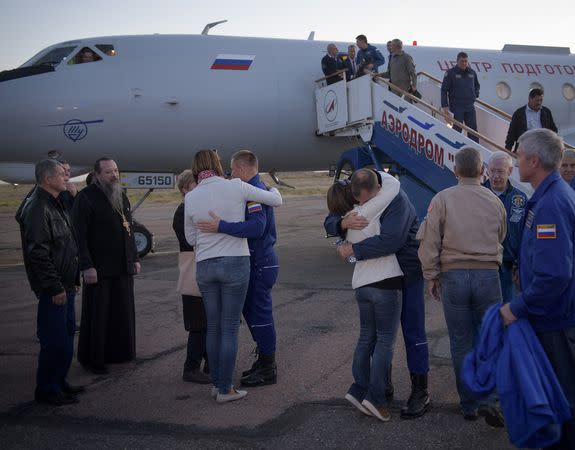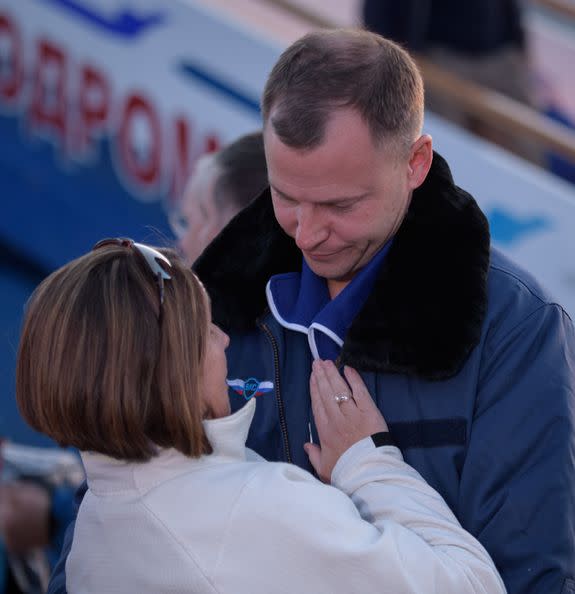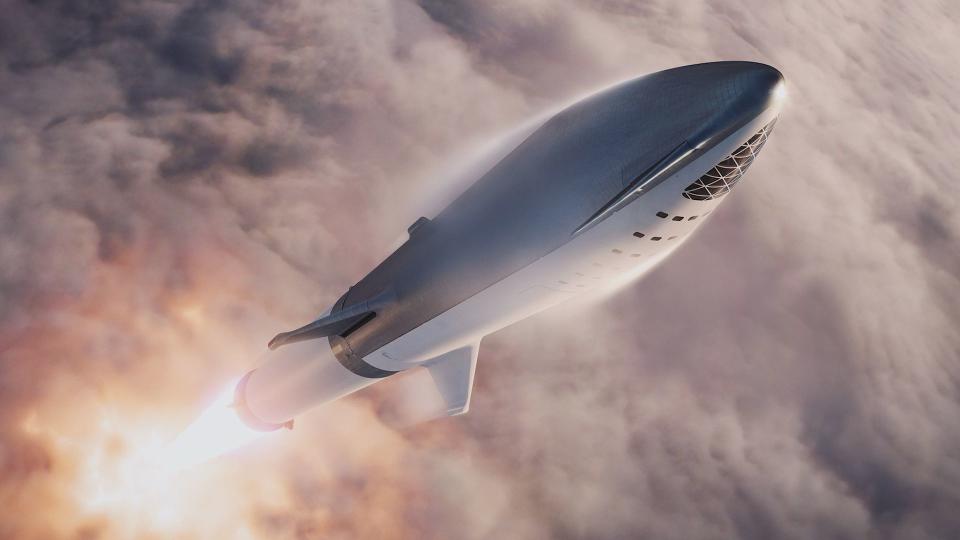This is what it's like to survive a rocket failure

Nick Hague is back on Earth, but he doesn’t want to be.
Last week, the NASA astronaut was expected to fly to the International Space Station for a months-long stay in orbit that would be his first mission to space.
But things didn’t go according to plan.
On Thursday, not long after the launch of Hague and Russian cosmonaut Alexey Ovchinin’s Soyuz rocket to the station, something went wrong.
While it’s still unclear exactly what happened, the Soyuz automatically aborted the mission, sending the capsule carrying the two crew members on an extreme ride back to Earth without ever making it to the station.

Image: NASa
“It was one bumpy roller coaster ride,” Hague said during a series of media interviews on Tuesday. “It was over almost before it started.”
Hague described feeling a violent side-to-side motion and about seven times the weight of Earth’s gravity bearing down on him and Ovchinin as they were shot away from the falling rocket by their capsule’s abort system.
The rocket failure marks the first time a Soyuz abort system has been used in a crewed launch in 17 years.
While the failure could have been much worse, it was still incredibly disappointing for Hague.
SEE ALSO: Photos taken after Russian rocket failure prove that human spaceflight is never routine
"There was a point where we got to the apex of our trajectory, and I looked out the window and I saw the curve of the Earth out there and the blackness of space, and it was a bittersweet, fleeting moment that I got that close, but it wasn’t going to work out that time," Hague said.
Hague added that he does hope to fly again someday soon, but until then, he’ll soak up this extra time he has on Earth with his wife and kids.
"You just try to celebrate the little gifts that you get, like walking the boys to school this morning,” he said.
For now, NASA has a big job ahead, trying to figure out a path forward for the space station after the mishap.

Image: NASA/Bill Ingalls
At least for now, Soyuz flights are grounded.
Since the end of NASA’s space shuttle program in 2011, the agency has relied on Russia’s Soyuz to transport astronauts to and from the space station. But NASA has hoped to change that reliance for a while now. The agency has funded contracts with Boeing and SpaceX to produce a capsule that can take astronauts to orbit hopefully sometime in the near future.
NASA maintains that the space station crew is safe in orbit, so there are no immediate concerns about their wellbeing.
As Russia’s investigation continues, we’ll hopefully get some answers about what forced the abort and is keeping us grounded here on Earth.
WATCH: Elon Musk just unveiled images of SpaceX's ship that he hopes will be key to bringing people to Mars


